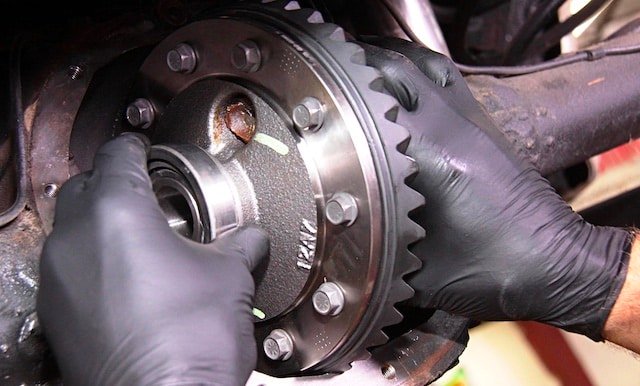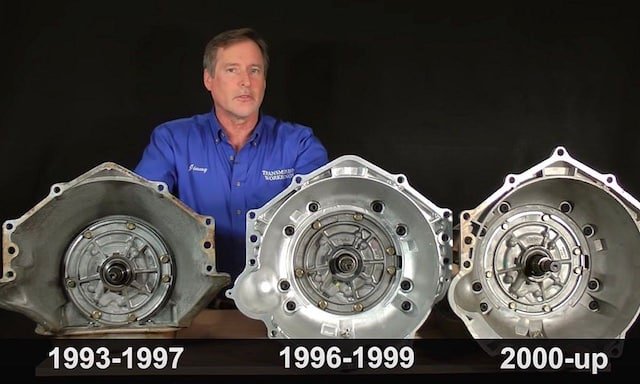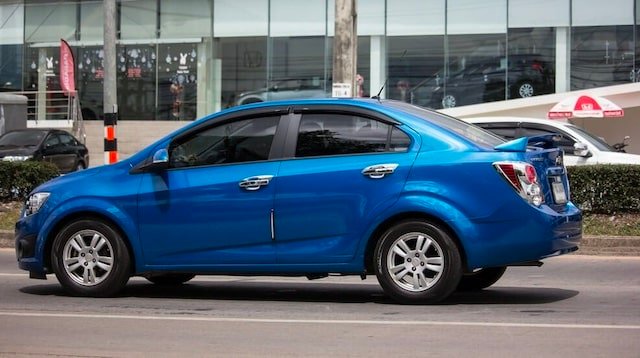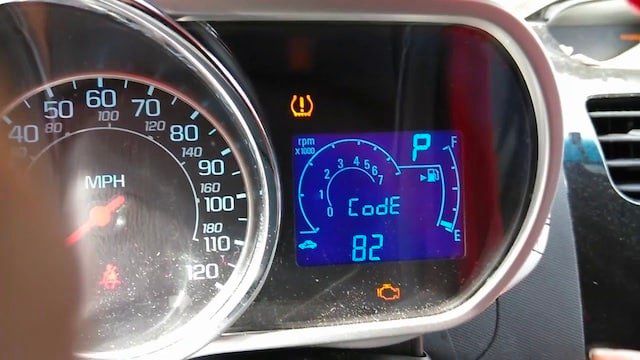The taillights of your Chevy Silverado are just as important as any other feature of the car. Interestingly, most drivers neglect this light because they don’t get to see it often. The taillights keep you and other road users safe at night and in periods of low visibility. Because of this, you must make haste to fix them when they are faulty.
In this post, we will address two important questions. Why are your Chevy Silverado tail lights not working? How can you fix the problem? Without further ado, let’s get started.

Chevy Silverado Tail Lights Not Working: Likely Causes and How to fix
The tail lights provide illumination to the rear end of your Silverado. These lights come on when you switch on your headlights. In some newer car models, these lights come on automatically when the ambient brightness drops.
Sadly, these lights, just like any other part of your car, are prone to failure. When such failure occurs, it is dangerous for the driver and other road users. Because of this, you can get a police ticket and your car can fail the inspection process before registration. So the question is why are the lights not working and how do you fix them? Here are some reasons and fixes below.
Blown fuses
If you know anything about cars, you will agree that fuses are integral to the different electrical circuits in cars. Without these components, most of your electrical parts will be blown or fried up by power surges and bad connections. When the fuses get blown, it is mostly a sign of underlying electrical issues.
How do you know that you have a fuse problem? You first need to locate the fuse associated with the taillights. To do this, you have to open the fuse box and check the fuse map for the location of the fuse. Once you find the fuse, check if it is properly placed or not. If it isn’t, remove it and place it properly and the taillights will begin to work normally.
Once the lights don’t work, then the fuse may be blown. Run a quick visual evaluation of the fuse to determine this. You are likely to see a discoloration on the fuse or the metal band lodged in the fuse will be cut. If this is the case, you need to change the fuse to get the tail lights working again.
Bad bulbs
Remember that these lights are just like the ones that you have in your home. This means that the bulbs are susceptible to getting bad. Most times, when the bulb is the problem, one of the taillights will be working and the other wouldn’t. It is very rare for both bulbs to get bad at the same time.
Open the lens covering the tail light. To do this, you need to first take out the screws holding the lens in place. Check the owner’s manual of your car to locate the positions of these screws. After loosening the screws, tug at the lights and turn them in an anticlockwise direction. Once you get the bulb out, check the filament to see if it is intact or not. Also, you are likely to see a dark discoloration on the bulb.
If any of these is the case, then the bulb is bad and it needs to be replaced. The good news is that these bulbs are pretty affordable and you can buy them from the local spare part store. Ensure that you get replacements that require the same wattage and are designed similarly to the old ones. By now, the tail lights of your Chevy Silverado should be working. If they are not, check the next option.
Socket failure
Another common culprit when your Silverado tail lights are not working is socket failure. As we mentioned above, the bulbs are lodged in the sockets. This is not just because the sockets hold the bulbs in place. They also act as the interface supplying electricity to the bulbs so that they can light up.
If the sockets are bad, then the bulbs wouldn’t light up. The sockets very rarely get bad. However, they are prone to getting clogged by dirt or debris. Also, it is very possible that the socket is corroded. Take out the bulb and check the condition of the internal part of the socket. Is there any discoloration? If there are then you just need to clean it out for it to start working again.
A more intense test requires you to make use of a multimeter to check if it is receiving an electrical current. Also, check the socket for broken or bent pins. If there is no electrical current here, then you may have a wiring problem. However, you should try out a different socket to confirm.
Wiring issues
As we mentioned above, when there is no electrical current at the sockets, it is mostly because of wiring problems. Wires connect the whole circuit and they are prone to damage or wearing out. Most times, what you are experiencing is a disconnected or failed wire.
We suggest that you seek the help of a professional to help with checking your wiring problems. This is because the process is rigorous and time-consuming for a novice. If you still want to do it by yourself, you should get the wiring map of your Silverado.
Check every wire connecting to the tail lights to be sure that they are in good condition. If they are broken or disconnected, you need to rejoin them. In some cases, you may need to change the wires altogether.
Failed control switch
The taillights are controlled by a switch, just like the lights in your house. If this switch is bad, then the lights wouldn’t come on. In this case, you only need to change the switch and all the lights will begin functioning. An easy way to know if the switch is working or not is to test it with a multimeter.
Conclusion
That’s all for your Chevy Silverado Tail Lights not working. Now, you know the possible causes and the different fixes. If you have a question, drop it in the comments section below.







